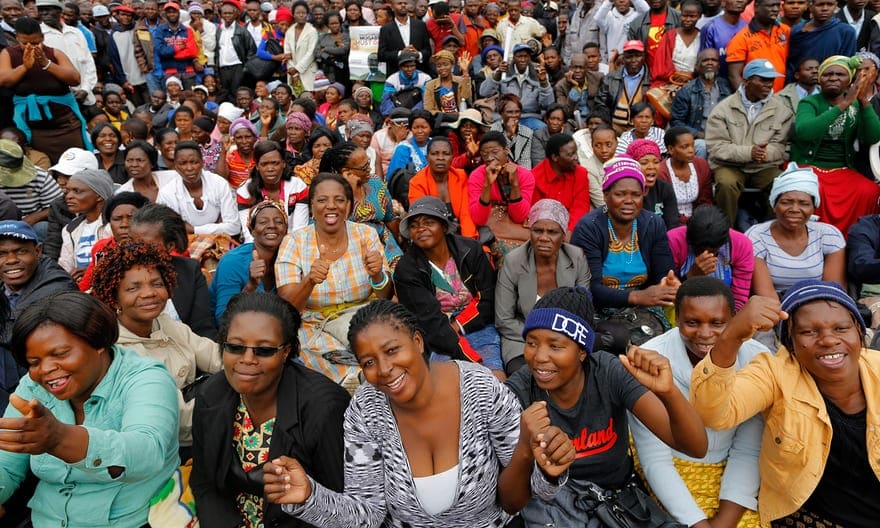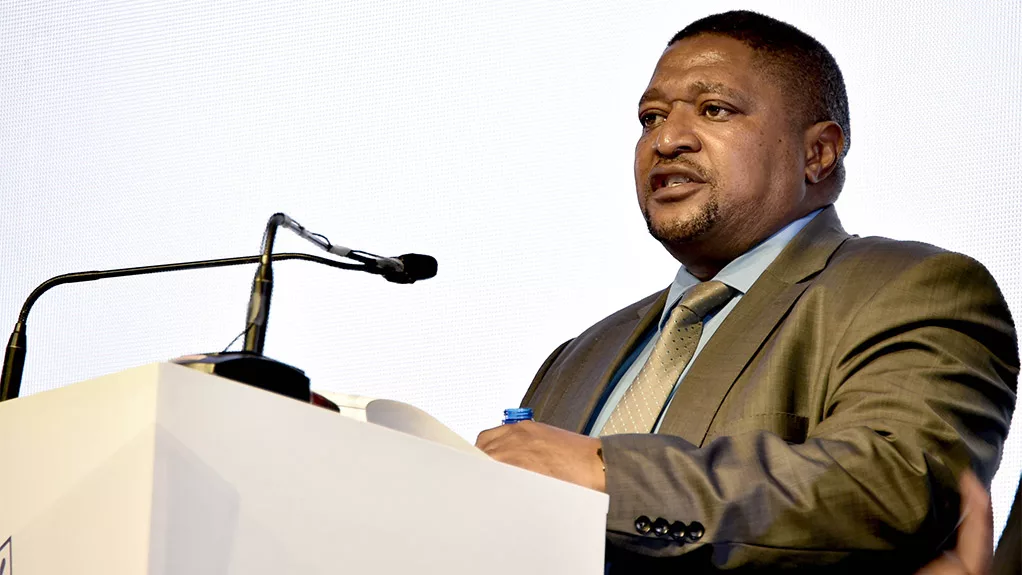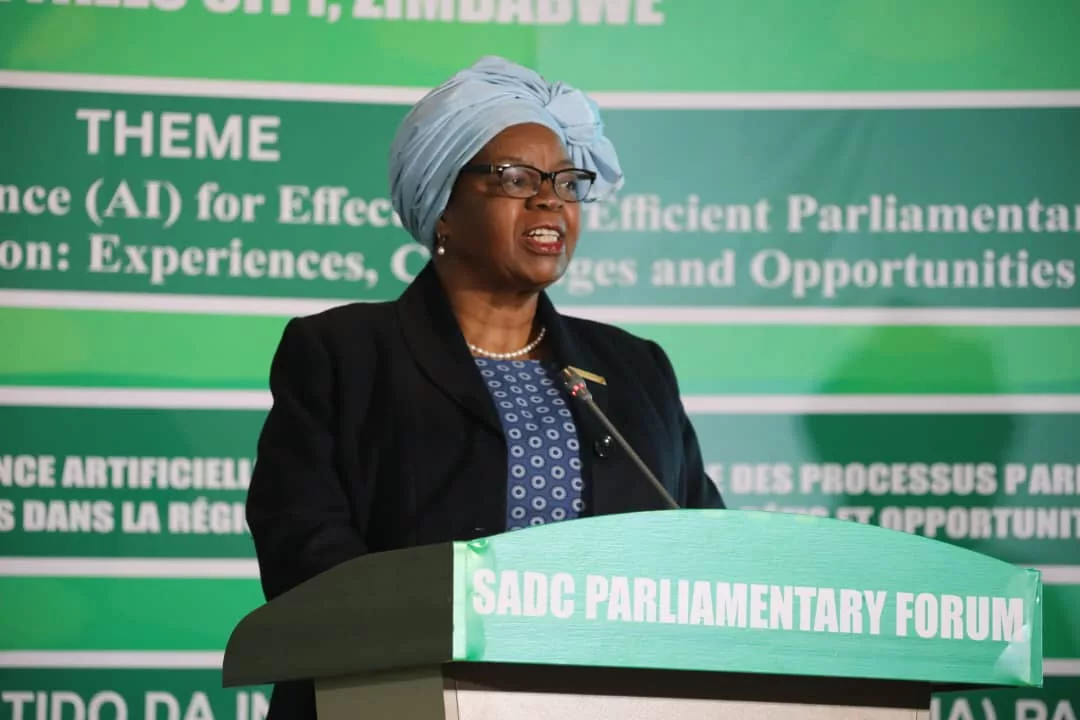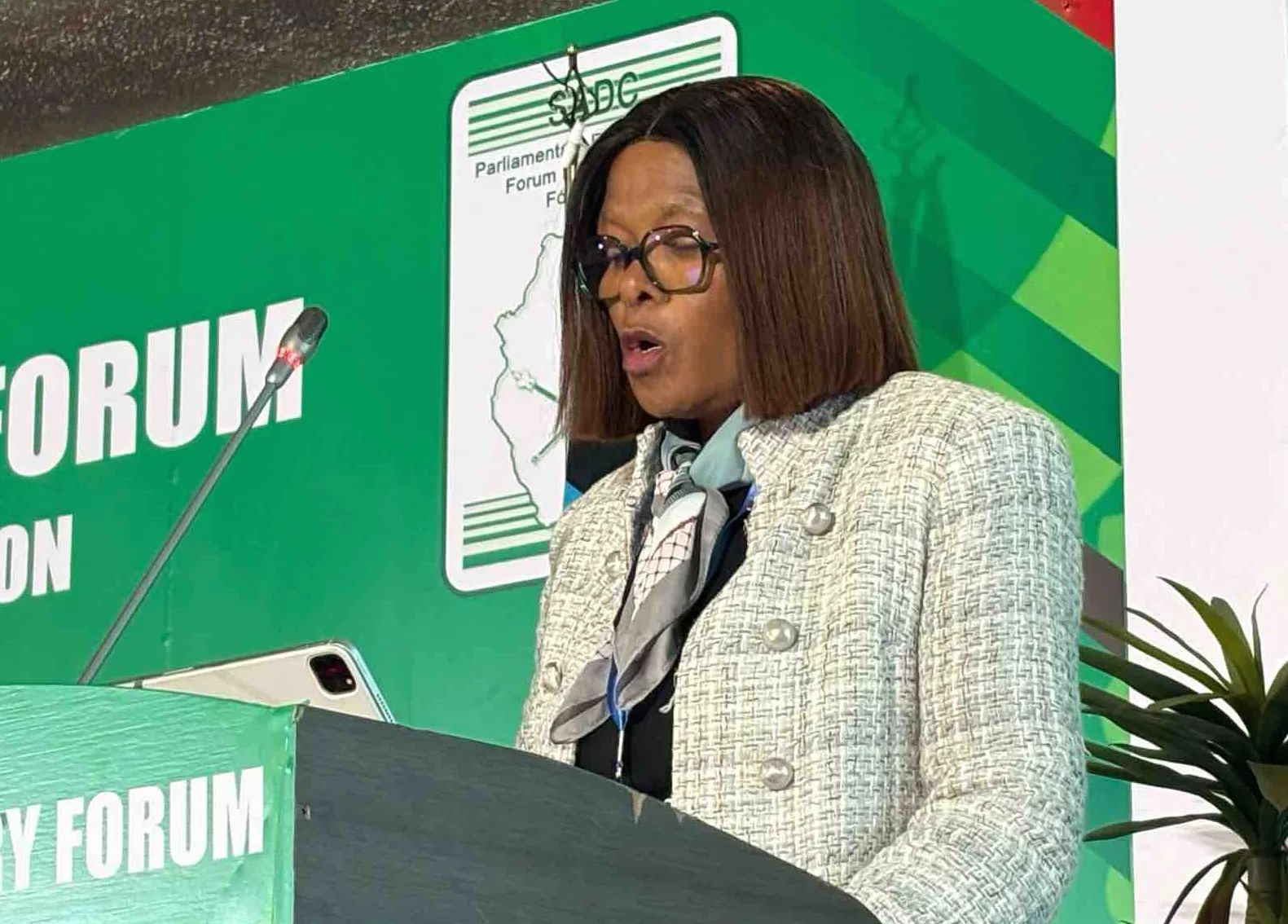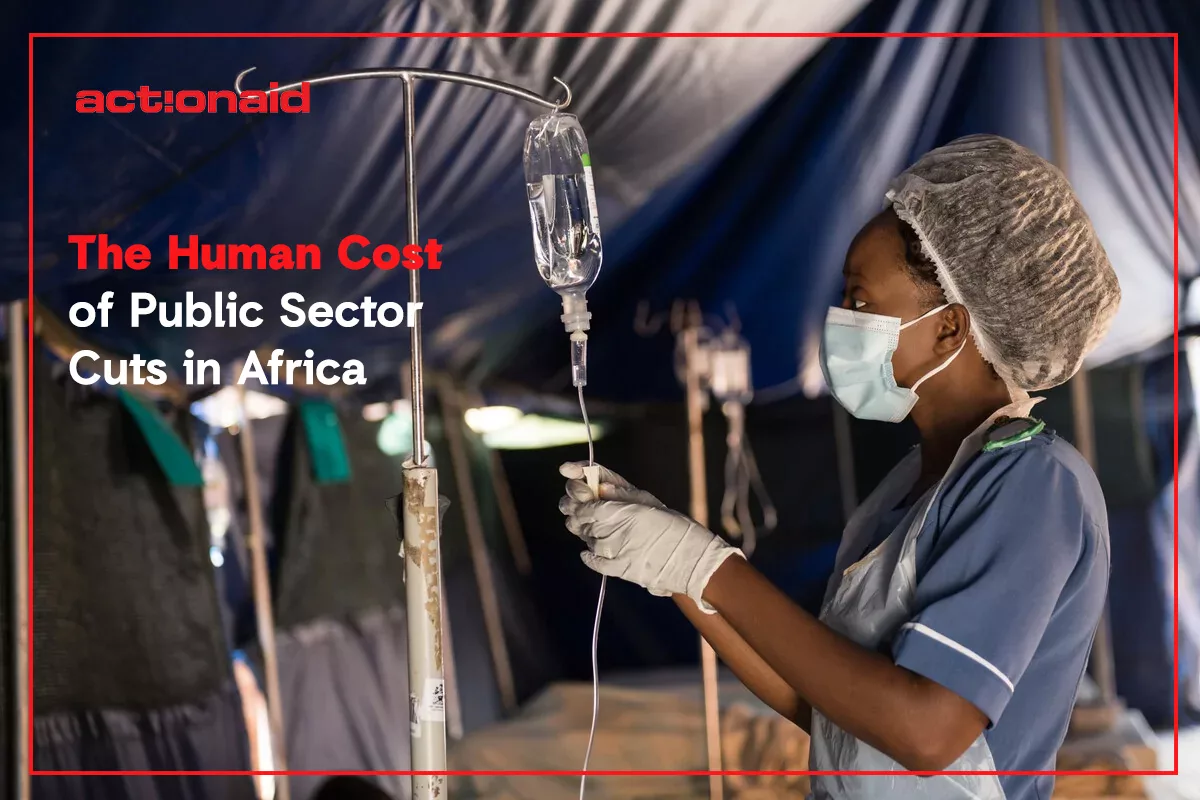By Farai Chirimumimba
The impact and influence of the youths on the forthcoming general elections 2018 should be seen in the context of the existing demands and contradictions of the youths that are likely to influence the outcome.
On the surface, the general elections are for the opposition to lose rather than what would have been an obvious win for the opposition. Let’s take a look as to why.
This election is being fought on poverty alleviation and creation of employment for the over 80 percent unemployed citizens, most of them youths. There is no doubt that the youths will most likely determine the outcome if parties are to harness the demographic divided of over 76.5 percent of youths that make up total population in Zimbabwe. Although the succession infighting within the ruling ZANU-PF party has been dealt with, there will be a split of the youth vote that will benefit the opposition without necessarily culminating in an election victory for the opposition.
The biggest swing in the voter pattern from previous elections had been considered to be the older people over 35 years. In addition intimidation and violence also swing votes in favour of the ruling party as voters were afraid of serious repercussions if they voted otherwise. A case in point is the threat to unleash violence like experience in 2008 where over 200 people mostly opposition party supporters were killed and thousands forced to flee their homes.
In 2016, youths were vocal demanding for residential stands and other goodies has become an Achilles’ Heel for the ruling party and opposition, an issue that the ruling party has simply failed to adequately address. For the ruling party, this has come as a tremendous opportunity to win support of the youths that it has neglected over the years. The problem for the ruling party is the extended duration of the agitation which has weakened the youth’s resolve within certain sections, with most youths being associated with the opposition.
Latest figures from the Zimbabwe Election Commission (ZEC) shows that over 4.8 million people had registered to vote by 19 December 2017, it will be interesting to see the demography of the registered voters, especially how many youths are on the roll. Elections are game of numbers, whoever is able to woe the most voters win with or without a good manifesto.
In addition to men and women that have traditionally voted, politicians and their parties are hoping to use their message to entice the youths to vote specifically for them. The larger the block or group the more attractive to the politician and or party. Former President Robert Mugabe’s conducted nine Youth Interface Rallies across the country because youths have the numbers that can swing vote. However, there is need to give those youths who have registered a reason to complete the electoral process through casting their vote. Colourful manifestos have been written and re-written over the years before elections with a lot of promises for the youths that are never fulfilled.
The Research and Advocacy Unit (RAU) reported that in the 2013 harmonised elections, only 8,87 percent of the youth were on the voter’s roll while the registration rate among those aged 80 and above was on the increase. Youth participation in these elections was negligible, except when used as instruments of violence and intimidation by political parties and candidates.
The reasons why youths are not voting vary, common among the reasons were lack of identification cards, lack of knowledge of the Zimbabwean political terrain and youths not being interested in the political dynamics of the country. In addition, unfulfilled promises that have become associated with Zimbabwean politics and the violence and intimidation associated with elections have forced some youths to stay away.
British snap election last year provides the biggest lessons for the political parties in Zimbabwe. After an effective campaign by youth NGO’s in the UK more than one million young people registered in the two months after the general election was announced. Astonishingly, almost a quarter of a million registered on the deadline day for registration.
Almost 58 percent (compared to 43 percent in 2015) turned out to vote and with 63 percent of the youth supporting the Labour Party, the serious decline of support for the Conservative Party became known as “#youthquake.” This was after the Labour party had promised a debt free higher education which resonated well with most youths who are facing rising education costs.
In South Africa, some 66% of population of approximately 54 million is under the age of 35 years, which in itself is a lucrative block. But when one looks at elections numbers it gets interesting. Only 6.3 million of the 11.8 million eligible voters in the 18 to 24-year old age group were registered for the 2016 local government elections. However, there is absence of reliable figures on how many actually voted, although it was estimated by several bodies to be around 30%.
With the youth’s demonstrations against poor governance and unemployment in 2016-17 thwarted with brutal force, neither ZANU-PF nor the opposition can take the issues of the youths for granted going forward. The youths have the numbers to swing the vote in any direction but first must be given reason to use their power of numbers.


